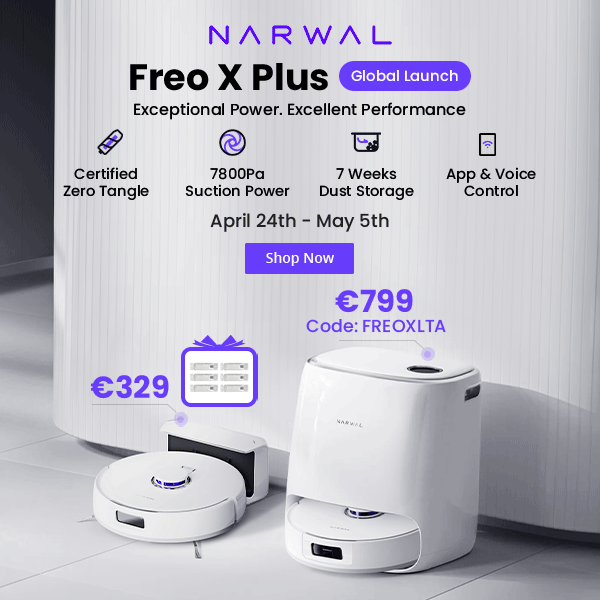Whether for camping trips, outdoor adventures, or emergency preparedness, a reliable and long-lasting energy storage solution is a must-have. New users need to consider various factors such as capacity, portability, and ease of use. This guide will walk you through the features to consider and highlight some of the best options for those seeking maximum battery life in a portable power station.

Key Factors to Consider
Battery Capacity
Battery capacity, measured in watt-hours (Wh), is the primary factor in determining how long a power station can last. Higher capacity means longer usage times between charges.
Energy Density
Energy density refers to how much energy can be stored in a given weight. Higher energy density batteries are lighter and can store more energy, making them ideal for portability.
Different types of battery technologies have varying energy densities. For instance, traditional lead-acid batteries have lower energy densities, while lithium-ion and lithium-polymer batteries are favored for their high energy densities.
Efficiency of Power Inversion
Power inverter efficiency is a critical aspect of portable power stations, as it determines the effectiveness with which stored direct current (DC) energy is successfully converted into usable alternating current (AC) energy.
The efficiency of the power inverter affects how much of the stored energy is converted to usable AC power. Higher efficiency means less energy is wasted as heat.
Factors affecting power inverter efficiency include:
- Design and Technology: Advanced inverter designs and technologies can enhance efficiency. For instance, pure sine wave inverters are typically more efficient than modified sine wave inverters.
- Load Type: The type of load being powered affects efficiency. Some inverters perform better with resistive loads, while others excel with inductive loads.
- Operating Temperature: High operating temperatures can reduce inverter efficiency. Proper cooling and ventilation are essential for maintaining optimal performance.
- Power Rating: The power rating of the inverter relative to the load affects efficiency. Operating an inverter near its maximum capacity often results in higher efficiency.
Charging Sources
Consider the charging options available. Solar compatibility, fast AC charging, and the ability to charge from a car are all valuable features for different scenarios.
Comparison Table
| Feature | AC Wall Outlet | Solar Panels | Car Charging |
| Charging Speed | ★★★★★ (1-3 hours) | ★★☆☆☆ (3-10 hours) | ★★★☆☆ (3-8 hours) |
| Convenience | ★★★★★ (plug and charge at home) | ★★★☆☆ (requires sunlight, panel setup) | ★★★☆☆ (requires running vehicle) |
| Cost | €0-€10/month (electricity cost) | €200-€800 (initial panel investment) | €0-€5/charge (fuel/electricity cost) |
| Environmental Impact | Indirect carbon footprint | Zero direct emissions, renewable | Depends on vehicle efficiency |
| Recommended Scenarios |
|
|
|
Build Quality and Durability
The build quality and durability of the power station affect its longevity and reliability in various conditions.
- Using rust-resistant and corrosion-resistant materials can enhance the durability of power stations in humid environments, whereas using impact-resistant and wear-resistant materials can improve their durability in outdoor settings.
- The Ingress Protection (IP) rating is a standard that measures the power station’s ability to resist the penetration of solid particles and liquids. A power station with a high IP rating can better withstand the ingress of dust and water, thus providing better protection in outdoor environments.
- Power stations generate heat during operation, and effective temperature management is crucial for maintaining performance and extending their lifespan. Good heat dissipation design and possible heat sink materials, such as aluminum or copper, can enhance the power station’s temperature management capabilities.
- A high-quality Battery Management System (BMS) can monitor the battery status and protect the battery from damage.
Top Energy Storage Solutions
| Images |
 |
 |
 |
| Product name | OUKITEL P5000 Pro | FOSSiBOT F3600 Pro | Blackview Oscal PowerMax |
| Cell Type | LiFePO4 | LiFePO4 | LiFePO4 (Lithium Iron Phosphate) |
| Capacity | 5120Wh | 3840WhMax Battery Capacity: 11520Wh | 3,600Wh |
| Input | AC Charging: Max 1800W, AC 220-240V, Max 10ASolar Charging: Max 1000W, 12-120V, 15ACar Charging: 12V/8A or 24V/10A | Max Battery Capacity: 11520WhFull Charge: 4200W Charge in 1.5h | AC Input: up 2200WSolar Input: up 2400W Max.Car Input: up 240W from Cigarette Lighter PortAC Charging Time: 1.96 hoursSolar Charging Time: 1.5 hours (Prime sunshine)AC + Solar Charging Time: Max 3000W Supported; 1.44 hoursCar Charging Time: 15 hours |
| Output | AC Output: 4000W Rated, pure sine wave, 5 x AC 220-240VDC Output: 2 x USB-A 12W, 2 x USB-A QC3.0 fast charge 18W, 2 x USB-C 100W PD, 2 x 12V/3AAviation Socket: 1 x 24V/10ACigar Lighter: 1 x 12v/10A | Max Input: 4200WAC Output: 3600W | Total Output Power: 6,000W |
| Weight | 53kg | 37.8kg | 46kg |
Conclusion
Selecting the longest-lasting energy storage solution involves balancing battery capacity, energy density, charging options, and build quality. As a new user, it’s essential to choose a power station that meets your specific needs for endurance and usability. The recommendations provided in this guide are well-suited for those seeking maximum battery life without compromising on other essential features.




